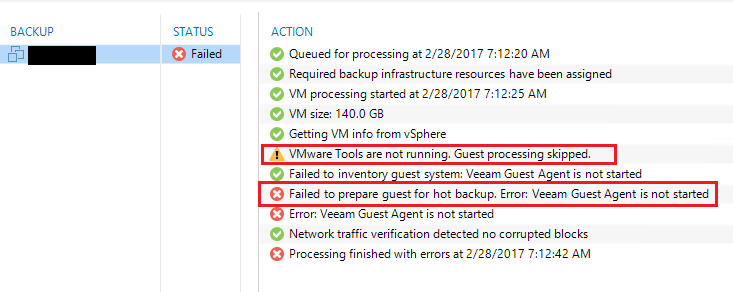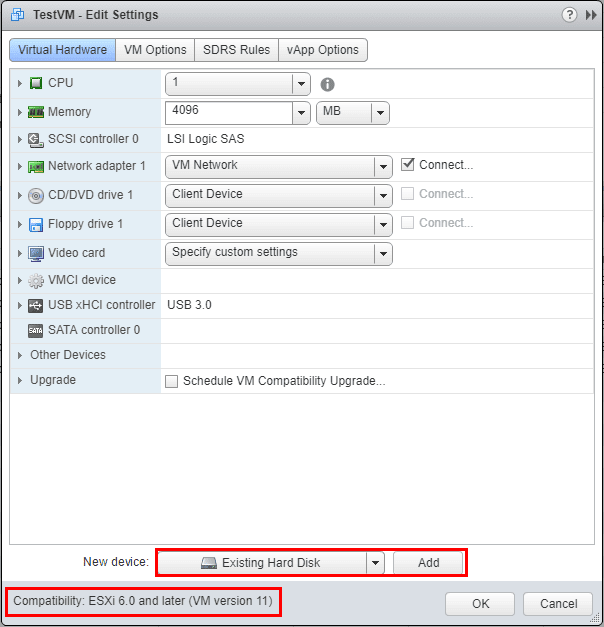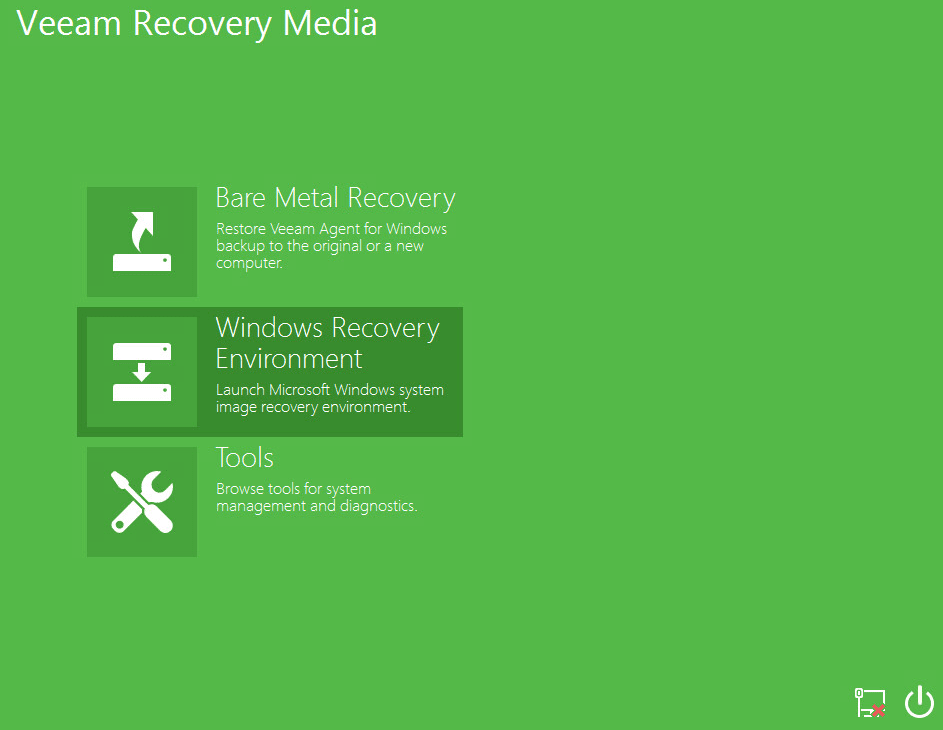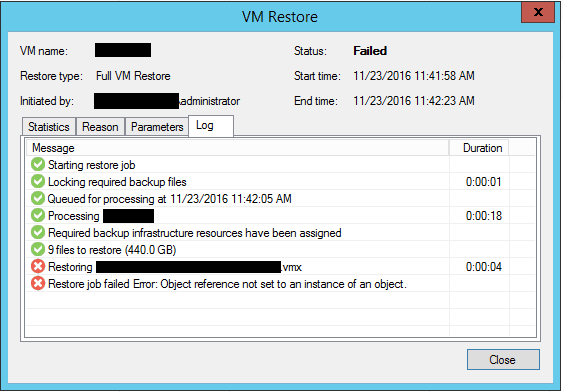Pros and cost of cloud vs onprem Microsoft 365 backup
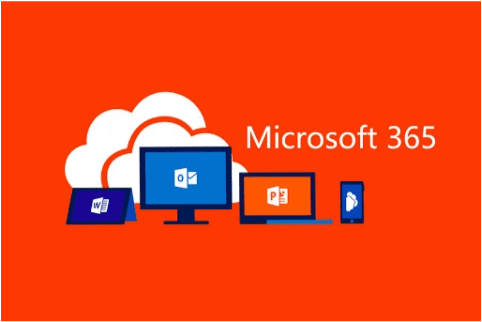
Businesses today are migrating to cloud Software-as-a-Service (SaaS) offerings in droves. Businesses require moving at a rapid pace and cloud infrastructure and solutions allow agility that is not possible using on-premises infrastructure. Cloud SaaS offerings are extremely popular. As businesses have gone through the global pandemic this past year and a half, they have pivoted to a distributed workforce. Cloud SaaS has allowed effectively moving to this workforce model while still empowering employees with the communication and collaboration tools needed.
Backups are absolutely needed for business-critical data in the cloud. There are really two varieties of cloud SaaS backups – cloud backups and on-premises backups. Let’s discover the pros and cost of cloud vs. onprem Microsoft 365 backups.
On-premises vs cloud backups
There are essentially two ways that you can back up cloud SaaS environments. You can either have a solution that sits in your on-premises datacenter connected to your cloud SaaS environment pulling down backups of your production cloud SaaS data. Or, you can have a cloud-based backup solution that is also housed in the cloud that backs up your production cloud environment. Let’s look at a quick list of pros and cons of each.
On-premises backup
Pros:
- More control over backup infrastructure
- Some of the most complete backup features
- Backups are stored outside the cloud SaaS environment
Cons:
- Requires traditional on-premises infrastructure (server, storage, personnel to manage, etc)
- For the reason listed above, is generally more expensive, considering infrastructure and personnel spend
- Can be an easier target for ransomware
Cloud backup
Pros:
- Consumed as a service and requires no infrastructure spend on-premises
- Contains very complete backup features
- Can be quicker to backup items as it may be closer to your data
Cons:
- Can be lacking in features
- May reside in the same cloud as your production data
- May lack backup controls compared to on-premises options
What about a more extensive list of backup features and capabilities to be aware of for on-premises and cloud backup solutions?
Effective Microsoft 365 backup features
With the wide range of operations that organizations are using Microsoft 365 for, there are various features and components of an effective backup solution that businesses need to consider when ensuring business-critical data is protected and secure. What are those features?
There are 10 capabilities that reflect backup solution reliability, security, feature set and cost according to the best MS Office 365 backup solutions comparison. What are these?
- Office 365 backup fidelity – extent of the applications supported for backup in Office 365/M365. Are the applications your businesses uses and needs covered by the backup solution?
- Backup management – What is the backup experience for the backup solution? What about the granularity of protection settings and specific backups based on group membership?
- Search and preview options – Can you search for specific files, emails, and other data types?
- Restore & data export – Is the backup solution accurate in the recovery of data and attributes? Look for granularity of recovery options.
- Access control & audit – Configure and audit backup access for administrators and end-users if these perform self-service operations. This is required for compliance and backup security.
- Reporting & API – Is reporting of the API and protection status accurate? What about the notification features?
- Performance & Reliability – Performance and reliability directly impact your RPO and RTO values. How reliable is the backup solution to recover data when you need it most?
- Deployment & maintenance – How scalable is the solution? Will it accommodate the number of users you need it to protect? Does this affect performance? What about onboarding?
- Licensing and cost – Is the solution of choice clear in the license structure? Are there hidden costs weighing into the TCO of the product?
- Support service – How is the support service for the solution? Is it effective and timely?
Pros and cost of cloud vs onprem Microsoft 365 backup
All of the above factors will weigh into the decision to go with a cloud or on-premises backup solution. As mentioned, with on-premises solutions, these can fit nicely with existing organization infrastructure. However, there are additional hidden costs with on-premises backups compared to cloud backups.
Businesses must wisely consider that when making use of on-premises backup solutions, they are responsible for the hardware infrastructure that backs the solution. It includes servers, networking, and storage. Additionally, part of the time of your IT staff will need to be dedicated to lifecycle management, patching, troubleshooting hardware, and other operations tasks as part of the upkeep and maintenance of the solution.
However, for some businesses having the ultimate control over the infrastructure. Some businesses with strict compliance regulations feel that hosting their own infrastructure is the safest route to backing up business-critical data in the cloud.
Many organizations are fully embracing the cloud for even their backup needs. Cloud SaaS cloud-to-cloud backups are becoming extremely popular. It allows businesses to fully take advantage of the cloud, even for their backup solution. Additionally, the OpEx model as opposed to the CapEx model is extremely appealing for organizations to consume backups as a subscription model instead of perpetual licensing costs.
Choosing the right solution
It is up to each organization to choose the right solution. Many may still prefer to keep backups on-premises with a solution that offers on-premises backups for the greater level of control over the infrastructure. However, many companies are choosing to move backups of cloud SaaS environments to the cloud for the more seamless approach to backups, the subscription-based model, and lack of infrastructure requirements.
Take a look at Afi.ai cloud backups for cloud-native protection leveraging AI & deep support of cloud data sources. Take a closer look at Afi and check out a free trial version here.





